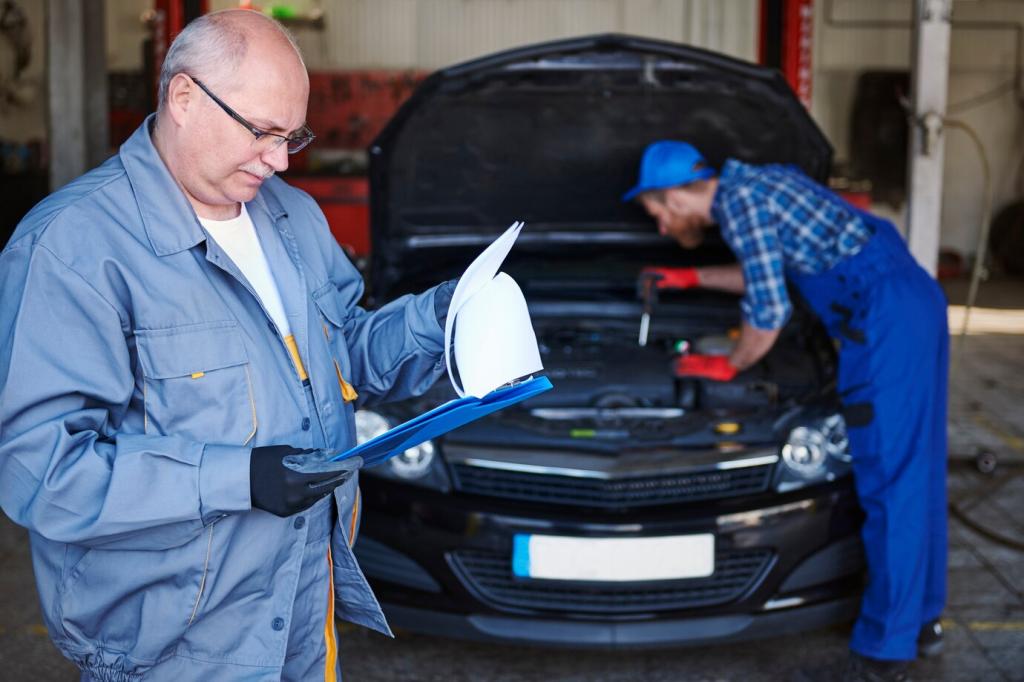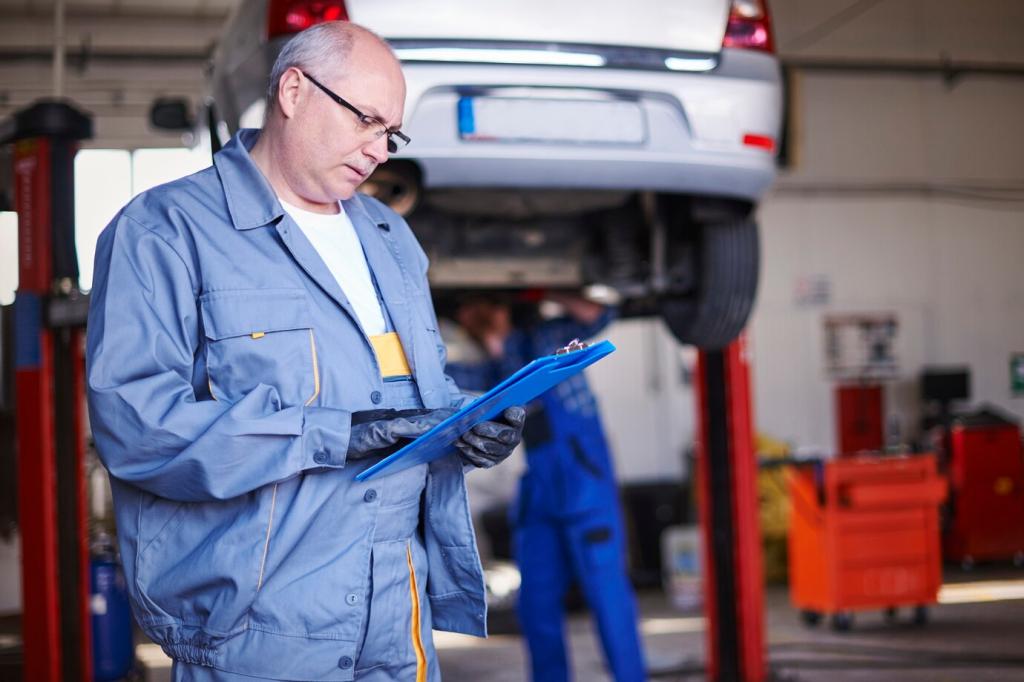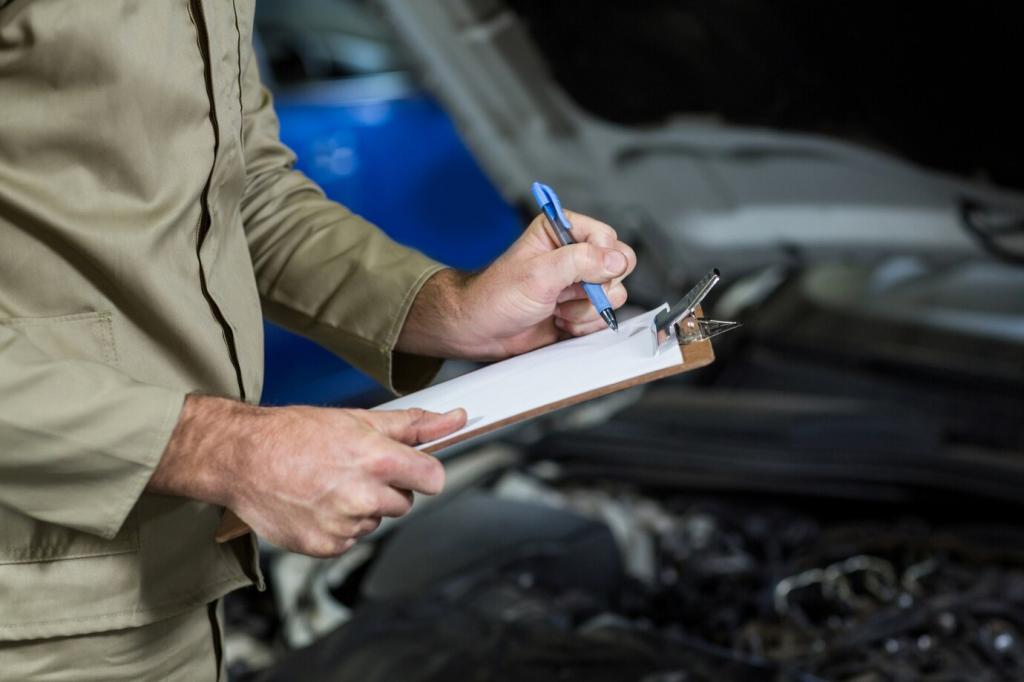Prepare Like a Pro: Tools, Safety, and Setup
Gather gloves, eye protection, a 10 millimeter wrench or socket, corrosion brush, dielectric grease, baking soda, paper towels, and a memory saver. A simple multimeter and a small torque wrench are smart additions.
Prepare Like a Pro: Tools, Safety, and Setup
Work in a ventilated area away from open flames. Remove metal jewelry. Protect your eyes and hands. Keep baking soda and water nearby to neutralize acids. Never lean over the battery while cranking during tests.
Prepare Like a Pro: Tools, Safety, and Setup
A memory saver plugged into the OBD port preserves radio presets, clock settings, and throttle adaptations. If you skip it, be ready to reprogram systems after the swap and have security codes handy just in case.
Prepare Like a Pro: Tools, Safety, and Setup
Lorem ipsum dolor sit amet, consectetur adipiscing elit. Ut elit tellus, luctus nec ullamcorper mattis, pulvinar dapibus leo.






